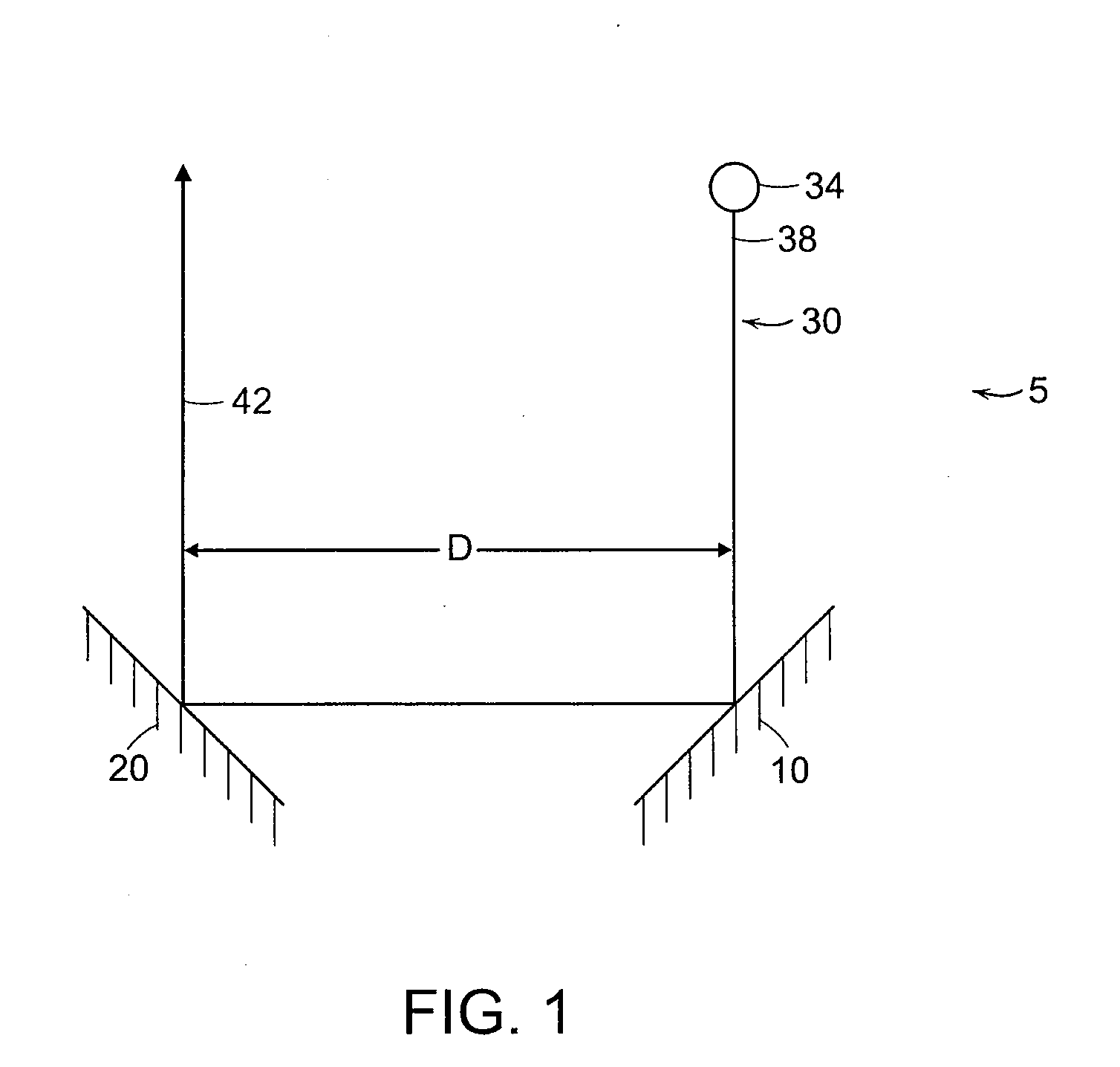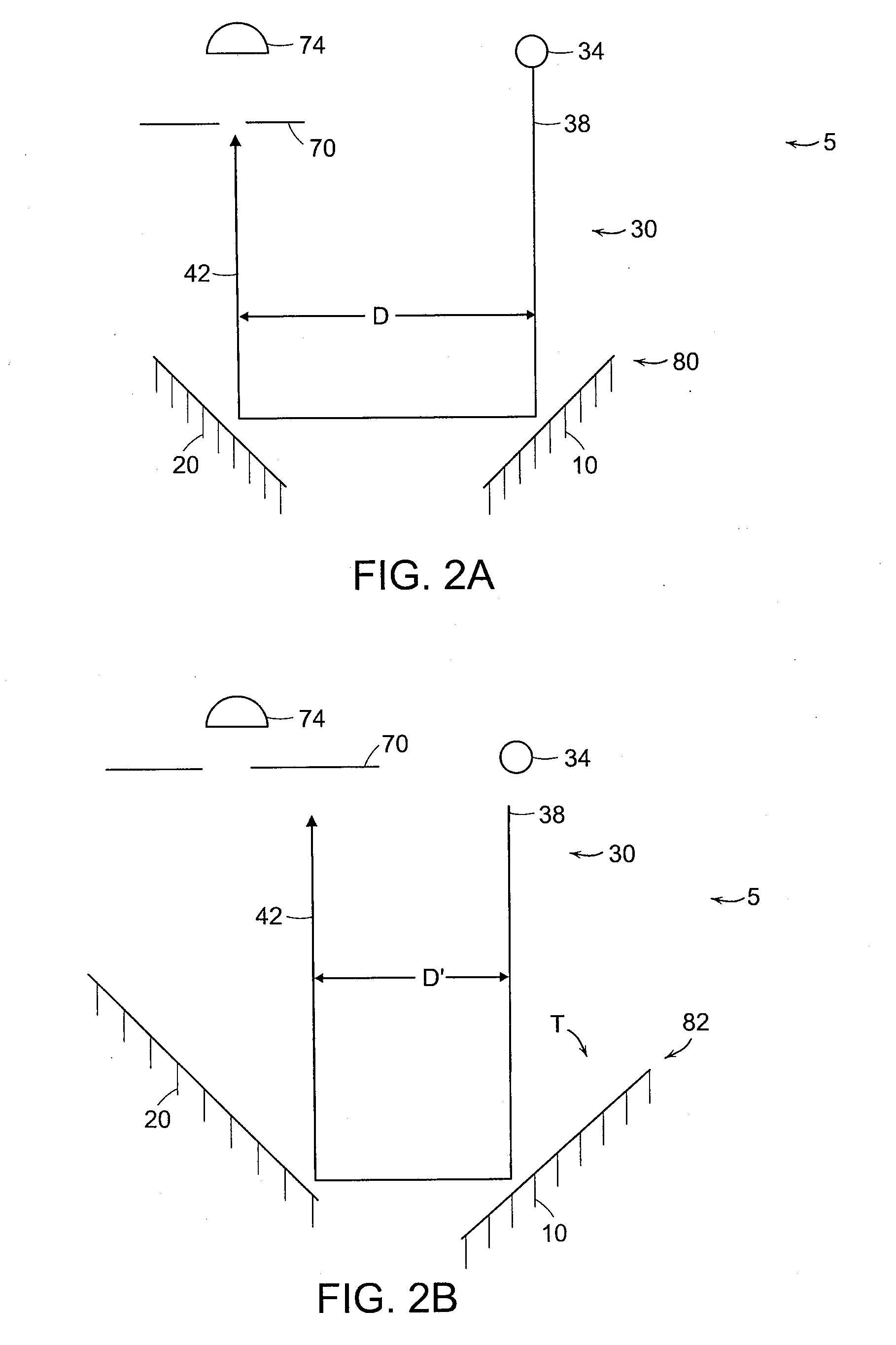Systems and methods for reducing detected intensity non uniformity in a laser beam
a laser beam and detected intensity technology, applied in the field of lasers, can solve the problems of increasing the detection spatial uniformity of the diode laser, increasing the cost of gas lasers, and reducing the effect of vibration
- Summary
- Abstract
- Description
- Claims
- Application Information
AI Technical Summary
Benefits of technology
Problems solved by technology
Method used
Image
Examples
Embodiment Construction
[0028]The present invention will be more completely understood through the following detailed description, which should be read in conjunction with the attached drawings. In this description, like numbers refer to similar elements within various embodiments of the present invention. Within this detailed description, the claimed invention will be explained with respect to preferred embodiments. However, the skilled artisan will readily appreciate that the methods and systems described herein are merely exemplary and that variations can be made without departing from the spirit and scope of the invention.
[0029]In general, the solution to the problem of spatial non-uniformity in the detected intensity of the light beam from a laser is to move the light beam, which typically is larger than the detector, and the detector relative to each other such that the detector “sees” the spatial variations in the intensity of the beam as it crosses the detector and averages them. One way to produce...
PUM
 Login to View More
Login to View More Abstract
Description
Claims
Application Information
 Login to View More
Login to View More - R&D
- Intellectual Property
- Life Sciences
- Materials
- Tech Scout
- Unparalleled Data Quality
- Higher Quality Content
- 60% Fewer Hallucinations
Browse by: Latest US Patents, China's latest patents, Technical Efficacy Thesaurus, Application Domain, Technology Topic, Popular Technical Reports.
© 2025 PatSnap. All rights reserved.Legal|Privacy policy|Modern Slavery Act Transparency Statement|Sitemap|About US| Contact US: help@patsnap.com



